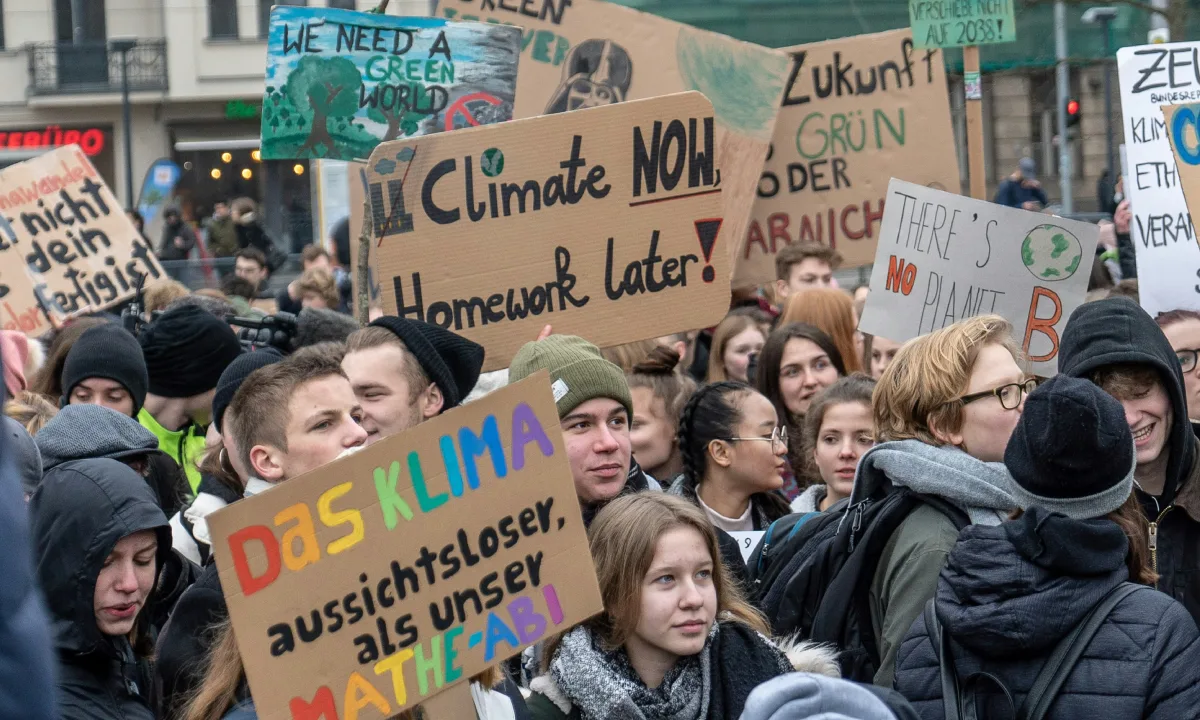
All life forms are interconnected and interdependent in an inexhaustible web of complex and diverse ecological interactions. Diversity exists from our very own DNA to the habitats and ecosystems we live in. This has been shaped by millions of years of evolutionary process. Biodiversity is essential in maintaining the ecological balance and ecosystem services. At the dawn of humankind, biodiversity loss is one of the triple planetary crises affecting all the life forms on earth. As per the database of the Living Planet Report from the past 50 years (1970–2020), the average size of monitored wildlife populations has shrunk by 73%, as measured by the Living Planet Index (LPI)1.
The Conventions
In June 1992, Rio de Janeiro, Brazil hosted one of the largest inter-governmental gatherings to discuss the environment. This “Earth Summit” led to the formation of important environmental conventions such as United Nations Framework Convention on Climate Change (UNFCCC), United Nations Convention to Combat Desertification (UNCCD) and United Nations Convention on Biological Diversity (UNCBD).
UNCBD focus on the conservation of biological diversity, the sustainable use of its components, and the fair and equitable sharing of the benefits arising from commercial and other uses of genetic resources. The agreement covers all ecosystems, species, and genetic resources. There are 196 countries in this international treaty; however, the United States of America and the Holy See (the Vatican) have not ratified this agreement. UNCBD hosts a biennial conference for all these countries aka parties called as Conference of Parties (COP). In recent years, CBD has produced several protocols and frameworks for biodiversity conservation (Nagoya protocol, Cartagena protocol, Aichi Targets and Kunming-Montreal Biodiversity Framework (GBF)). The GBF is not a legally binding treaty, but a guiding document for more holistic approach towards biodiversity conservation.
The Aichi targets set for 2010-2020, had limited success. The parties fell short of achieving these targets due to a lack of clearly defined metrics by which to gauge progress made the Aichi goals. In 2022, GBF was adopted at COP 15. It has 23 targets and 4 overarching goals. Kunming-Montreal Global Biodiversity Framework (GBF), which aims to halt and reverse nature loss by 2030 is often described as the “Paris Agreement for nature”. The parties of the CBD are required to provide NBSAPs (National Biodiversity Strategies and Action Plans) for the implementation of the GBF. NBSAPs are developed through various stakeholder meetings, and cross-mapping sessions and in alignment with the national targets. India’s updated NBSAP was released during COP 16. It is to be noted that only 44 out of the 190+ State Parties submitted the updated NBSAP till now. For the success of GBF, efforts have been made for a synergised action between other biodiversity conventions such as Ramsar, World Heritage Convention, Convention for Migratory Species etc.
The recently concluded COP 16 at Cali, Colombia was the venue for negotiations regarding the implementation of GBF, especially the funding mechanism. At COP15 in Montreal, nations committed to an ambitious goal of mobilizing $700 billion annually to combat biodiversity loss. As part of this agreement, developed countries pledged $20 billion annually to support conservation efforts in developing nations by 2025, increasing to $30 billion per year by 2030 2. Despite dedicated efforts and extended discussions, COP 16 did not reach an agreement for a comprehensive resource mobilization strategy to secure increased biodiversity funding. Although countries like Austria, Denmark, France, Germany, New Zealand, Norway, the United Kingdom, and Québec announced $163 million in new pledges to Global Biodiversity Framework Fund. Approval of a permanent body to represent Indigenous peoples and local communities in future biodiversity negotiations was a key agreement at COP 16. Discussions at COP to align climate change and biodiversity efforts in the negotiations also saw a positive approach from state parties. COP 16 also saw the launch of The International Advisory Panel on Biodiversity Credits (IAPB). Biodiversity credits could allow companies to offset their environmental impacts by investing in biodiversity initiatives. However, the credits sparked debate on ethics and effectiveness.
Youth and Other Stakeholders
The Global Youth Biodiversity Network (GYBN) is the official Youth Constituency of UNCBD, to bring together youth across the globe working on biodiversity conservation and making them heard at Policymaking levels. With more than 100 National Chapters and several thematic groups, GYBN actively engage with the youth on building awareness, hosting campaigns and supporting initiatives for biodiversity conservation. The International Youth Conference on Biodiversity hosted at Yokohama; Japan (25-31 August, 2024) saw the participation of youth from all around the globe. GYBN along with International Indigenous Forum on Biodiversity (IIFB) are part of the ad-hoc technical expert group, which comprises of 45 members, including state parties. CBD also has a Women Caucus led by the group Women4biodiversity.
More concreted efforts from all biodiversity related conventions and stakeholders are quintessential for halting and reversing biodiversity loss. Youth, along with other stakeholders play a crucial role in shaping up a better future where we live in harmony with Nature.
For more detailed analysis of COP16 refer this article: https://www.carbonbrief.org/cop16-key-outcomes-agreed-at-the-un-biodiversity-conference-in-cali-colombia/

